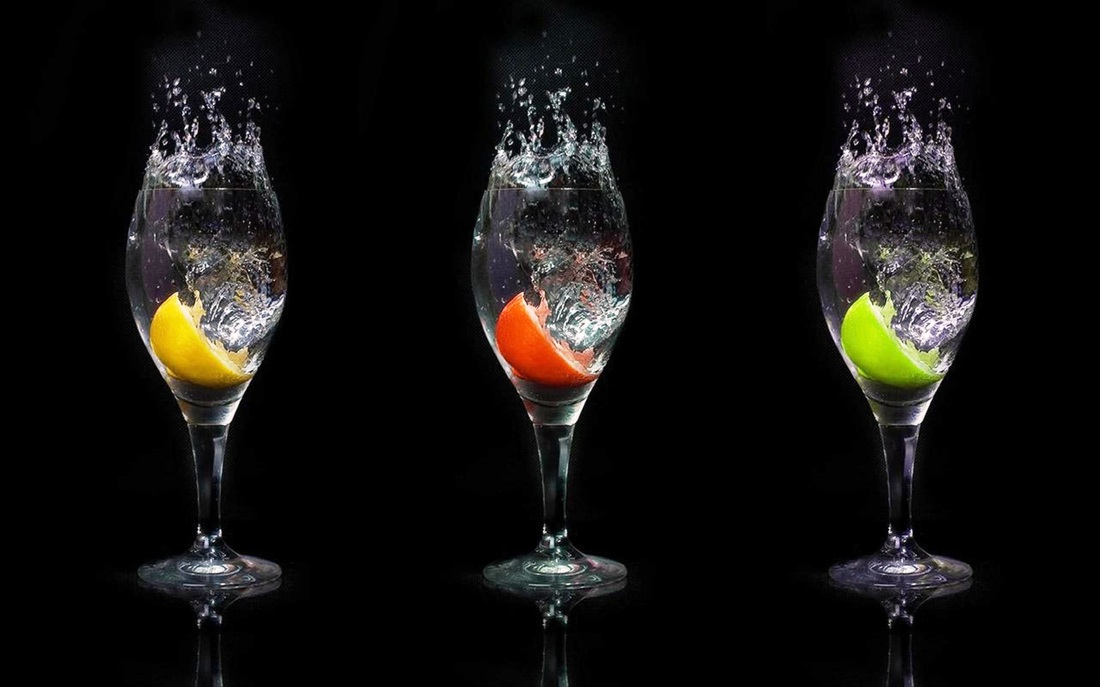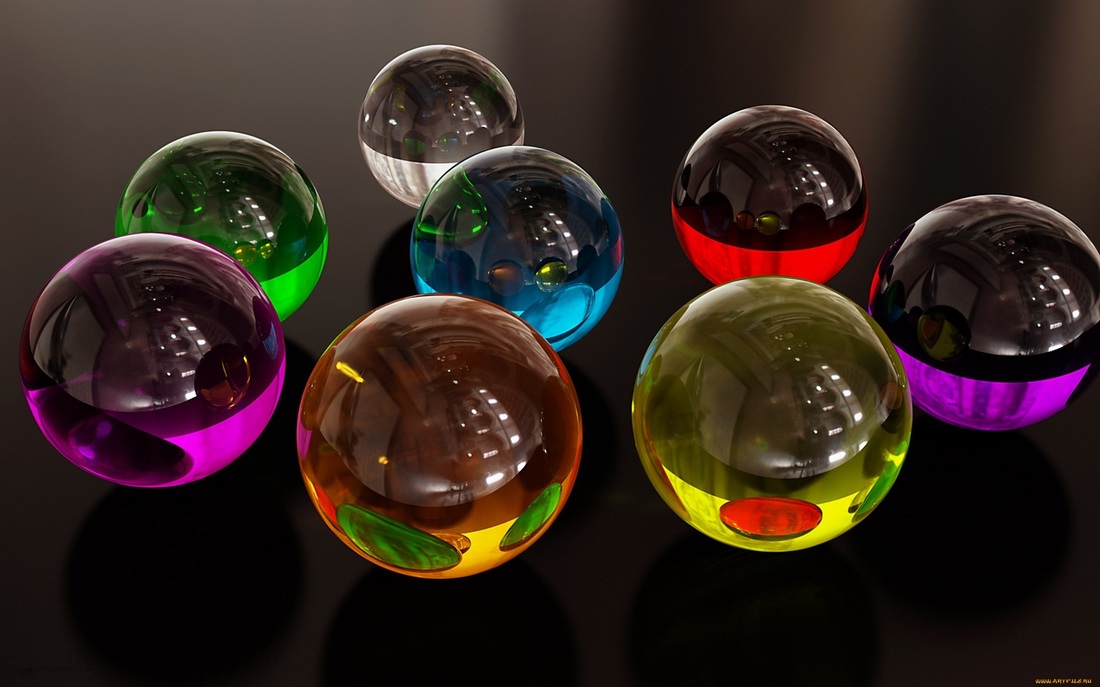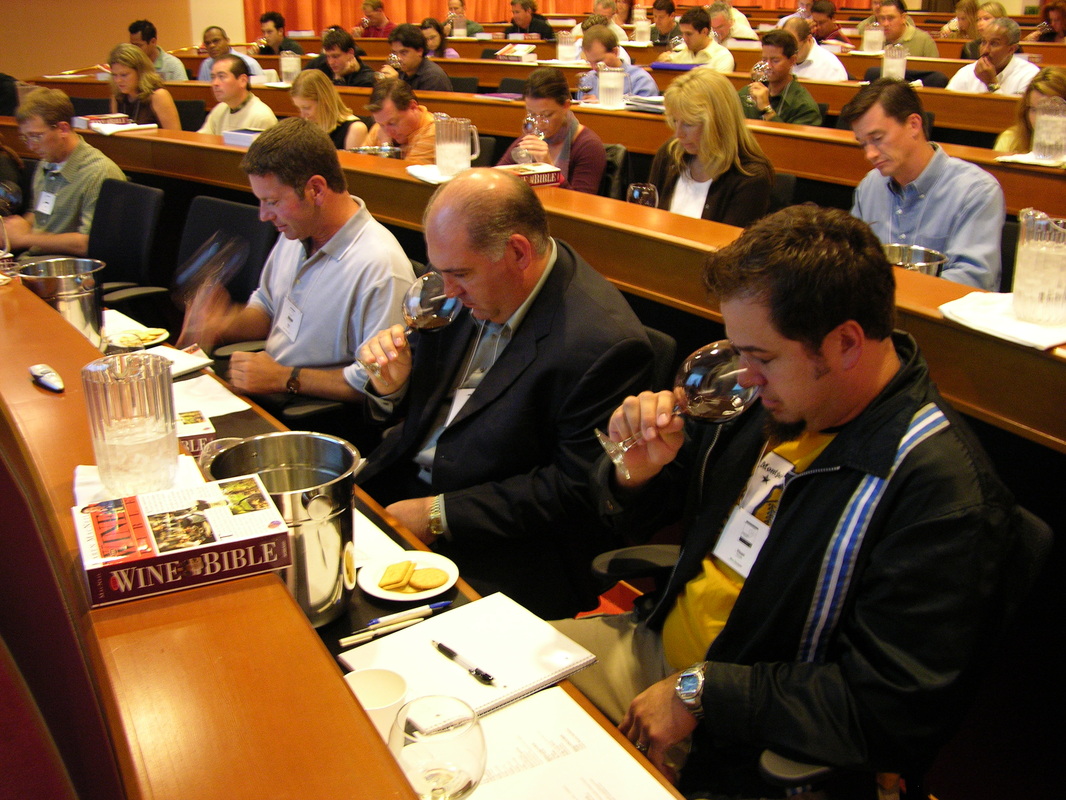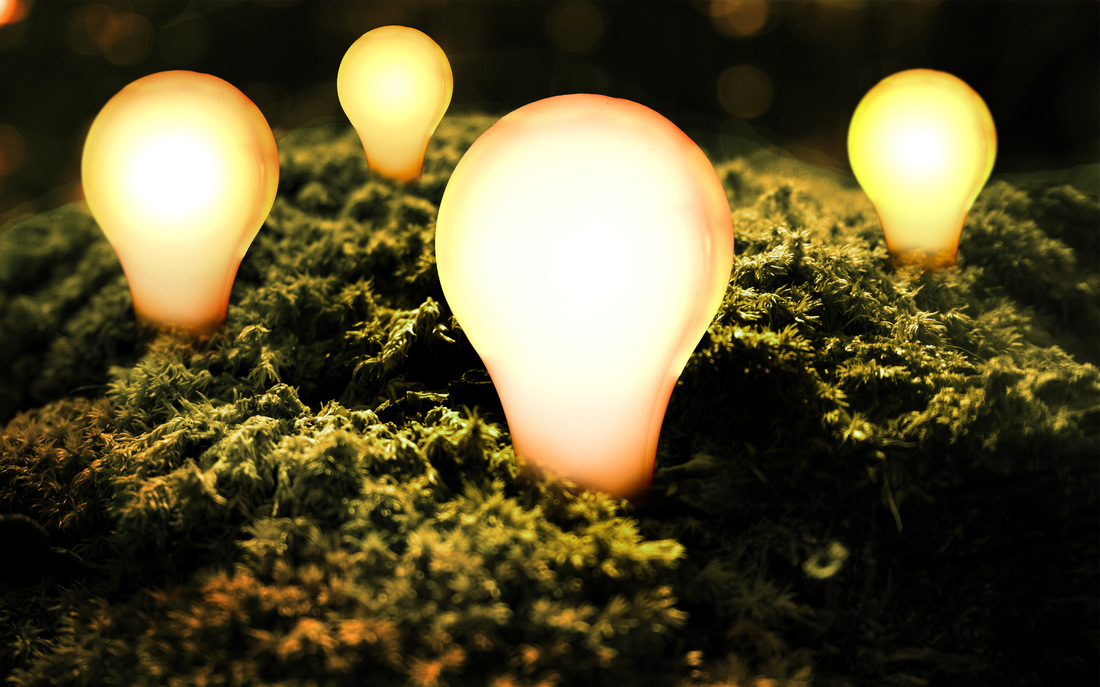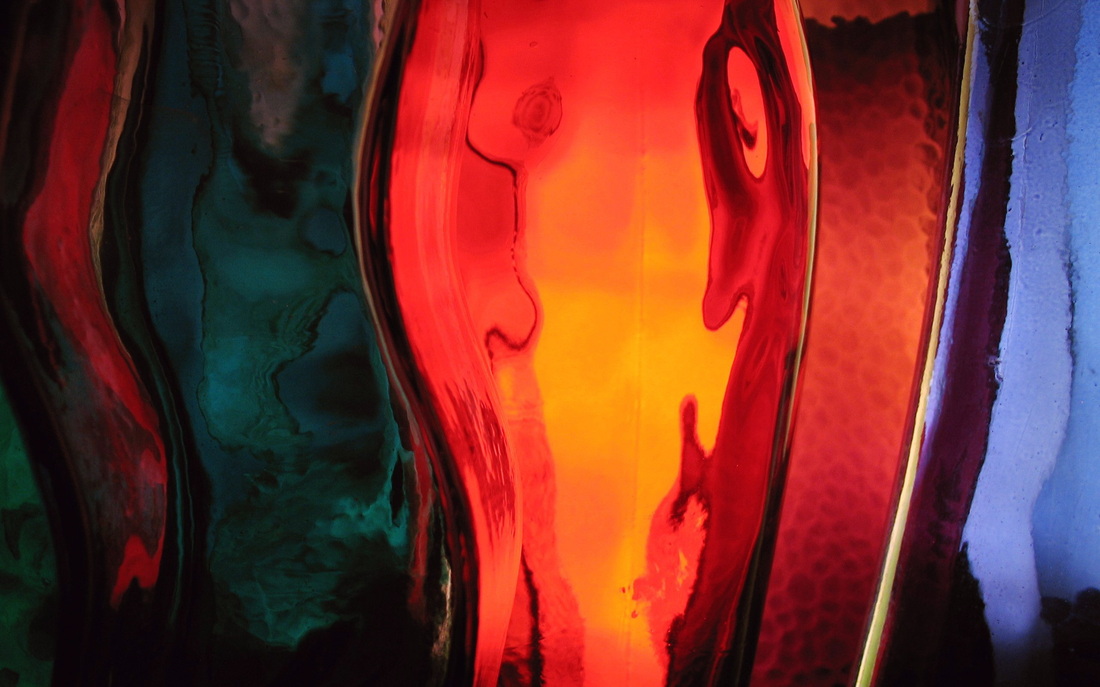n
Since that time, I’ve overseen a project using findings from my work with Hallbom to map the tasting strategies of a group of MS and MW colleagues and other wine professionals. The goal of the project is simple: deconstruct the strategies of top tasters in order to find commonality in what they do, and ultimately use the strategies to be able to teach tasting more effectively to anyone regardless of their level of expertise—from a novice with their first glass of wine in hand to a Master’s candidate honing skills for an upcoming exam.
Here is the list of colleagues I’ve worked with thus far:
Karen MacNeil
Evan Goldstein MS
Tracy Kamens Ed.D., DWS, CWE
Emily Wines MS
Doug Frost MS MW
Peter Marks MW
Brian Cronin MS
Gillian Balance MS
Sur Lucero MS
Thomas Price MS
Gilian Handelman
Roland Micu MS
Unconscious Competence and the Use of a Guide
Deconstructing or modeling someone’s tasting, or any other skill for that matter, requires a second person acting as guide; someone trained in observing language patterns, eye patterns, and other physical changes. Why the need for a guide/observer? Simply because the individual being modeled has developed their skill to an extent where it’s practically all at the unconscious level. Stop for a moment and think about anything you do every day from brushing your teeth to driving. If you had to explain to someone else how you actually do what you do, step by step, it would be very challenging. In fact, explaining your strategy for a complex activity like driving would seem impossible without the aid of someone to help slow your thinking down to a crawl, so you could actually be aware of all the steps that make up your mental sequence that includes images, sounds, words, and feelings.
Without a guide, it’s like trying to be in two places at the same time; you’re going through the internal sequence of your skill while trying to be aware of each minute step of the process at the same time. Not so easy. Working with Tim was absolutely vital to our being able to dissect my strategy. Likewise, I’ve played an integral role in all the sessions with colleagues over the last couple of years. Here’s are some of the things we discovered.
Perhaps the most remarkable discovery in all this work is just how visual the wine tasting experience is. That’s not a surprise given that sight is the dominant internal representational system for over 93% of the human race. Internally we perceive, think, and imagine in pictures and movies with the structural qualities of these images and movies arguably as important as the content. More on that later. I’ve also come to believe that a huge disconnect for many people just getting into wine is that they often have expectations—either conscious or not—that learning how to taste wine is somehow different from everything else they’ve ever learned; that when they put their nose in a glass of Cabernet, something different and mysterious is going to happen. or those novices wine smells like wine—and only like wine. It’s not until they actually perceive a specific aroma or flavor in the glass that a breakthrough occurs and wine becomes something more than a just beverage with alcohol. Then the magic begins.
All the tasters in the project (self-included) use a consistent starting eye position and patterns of eye movements when tasting. A consistent starting eye position is enormously important as it literally signals the brain to begin a familiar and habitual sequence of smelling and tasting. It also serves to help “shut the world out,” allowing a taster to enter a very focused state of concentration. One could easily call it an altered state or even a trance. Some of the tasters in the project were quick to point out that a large part of their success in tasting is determined by their ability to enter and maintain a deeply focused state of concentration.
I’ve observed hundreds of students and professionals tasting over the last several years and found that with little, or no exception, individuals who lack a consistent starting eye position simply can’t taste proficiently. It’s almost as if developing a consistent starting eye position is one of the first internal thresholds one must cross to become a good taster. As for a starting eye position, the majority of us tend to look down in front of us or down in front to the left. n terms of eye accessing cues and memory function, that’s also where we look when talk to ourselves, as in internally asking, “what am I smelling? Or “What’s in the glass?” It’s called digital audio and most of us do exactly that—we talk to ourselves constantly when we taste.
Olfactory Memory and Internal Imaging
When an experienced taster puts their nose into a glass of wine she or he recognizes aromas in rapid succession, as half a dozen or more in mere seconds. That’s a given. What’s not a given is the fact that practically all of us generate images for each of the aromas we smell–usually at the unconscious level. Otherwise, how would we know if what we’re smelling in a glass of Pinot Noir is a dark cherry vs. a catcher’s mitt? Perhaps this is that magic moment mentioned above when someone actually recognizes a single aroma in the glass. Suddenly, Pinot Noir smells like ripe cherries—and not just like red wine.
Submodalities: Images Have Structural Qualities
The interesting thing about these images we create for aromas and flavors is that they have location, proximity, dimensionality, and much more in terms of how we perceive them. These structural qualities are called submodalities after the term “moda” which translates as senses in Greek. With visual alone, there are over 60 submodalities. That means the image of black cherries in a glass of Cabernet we create literally has a position in our minds’ eye as well as proximity, is represented in either 2D or 3D, and has many more aspects. What’s fascinating is how changing one of a handful of the most important or “driver” visual submodalities can literally change the experience of a wine. This held true for all the participants in the project–without exception.
Submodalities are perhaps the most profound thing I’ve ever learned. They literally are the fabric and structure of our internal experience of the world. Knowing about submodalities and how to change them gives us a lot more control of our own experiences and how we think about them. A future post on submodalities is in the offing.
Once generated, the images we create for the fruits, flowers, spices etc., in a glass of wine arrange themselves in some kind of map or grid. This enables us to continue exploring the wine for new things, as well as to be able to keep all the aromas/images in our internal field so we can review or revisit them if needed, especially to help identify the wine in a blind tasting context.
In working with colleagues, I’ve found the image map to be the most intensely personal aspect of tasting; everyone literally has their own way of sorting olfactory and palate images, from using a pie chart to Tarot-like cards to creating a painting and much more. Most people I worked with were unaware they created images for aromas and tastes in wine; all of them, without exception, were completely unaware that they had a map or grid where they stored images in a consistent manner.
My image map, for the record, is the simplest and most completely boring image map/grid I’ve come across. I store all the images (practically all three-dimensional) down in front of me in the following order going left to right: fruit, non-fruit, earth-mineral, and oak. If I try to move an image to another location, it immediately snaps back to the original position. I can only surmise that my image map—and everyone else’s for that matter—was developed over time and probably early on. How and when it developed are another story and surely a topic worth exploring as it probably speaks to the core of how we as human beings learn.
There’s an interesting crossover here between the music-auditory and olfactory map experiences. My training is in classical music and my instrument was/is trumpet. Sitting in the back of an orchestra playing trumpet requires one to focus on a great deal of things simultaneously or in rapid sequence: from all the mental and physical complexity it takes to just play the instrument to looking at one’s music to watching the conductor to reacting to the other musicians all around you. In the end, you’re keeping dozens of things in your field of awareness and responding to them by changing the attack, pitch, timbre, and intonation of your sound from moment to moment.
Images Change from the Nose to the Palate
As we move from smelling to tasting wine, the images of fruit, oak and other components we create change; the images will literally rearrange
themselves and get larger or smaller, brighter or dimmer, closer or farther away, depending on any change in intensity between the nose and plate. Thus an image representing the white peach found in a Mosel Riesling might get larger, brighter, and closer as the wine is tasted because the intensity of the fruit increased on the palate. Aromas often change between the nose and the palate and our images do likewise—and sometimes dramatically.
Using Visual Constructs to Calibrate the Structural Components of Wine
Before working with Tim in those initial sessions, I always wondered how anyone could accurately gauge the amount of acidity, alcohol, or tannin in wine. A quick check of my eye position during one of the sessions revealed I was internally looking at a scale that resembled an old slide rule several feet out in front of me at eye level. The scale is about four feet long with a mark for “low” at the left end and “high” on the right end, with other increments marked in between. A red button of sorts was positioned on “medium” in the middle of the scale. When I tasted a wine focusing on an aspect of structure, the button moved until it stopped at the appropriate mark on the scale. At that point I internally “pointed” to the mark and said “it’s medium-plus,” or whatever the reading happened to be. If I wasn’t sure about the accuracy of the reading, I would bring the scale closer to me with more, smaller increments on the scale appearing as it got closer.
Working with other colleagues, I’ve found that without exception all of us use internal scales or dials to visually calibrate the amount of acid, alcohol, and tannin perceived in a wine—even the length of the finish. Otherwise, we’d experience a true Beavis and Butthead moment trying to figure out how much saliva was being produced in our mouth as a result of the acid level in the wine. Good luck with that.
The Future
Even though I continue to work with colleagues mapping their internal tasting strategies, I realize I’ve just scratched the surface of how we internally make sense of wine. I’ve also begun to put together baseline visual strategies to use with anyone—from beginners to students training for exams. One strategy, literally “front-loading” images of the most common aromas and flavors of wine to improve one’s olfactory memory and ability to taste, is in the offing. Stay tuned for more in a future post.
nn
